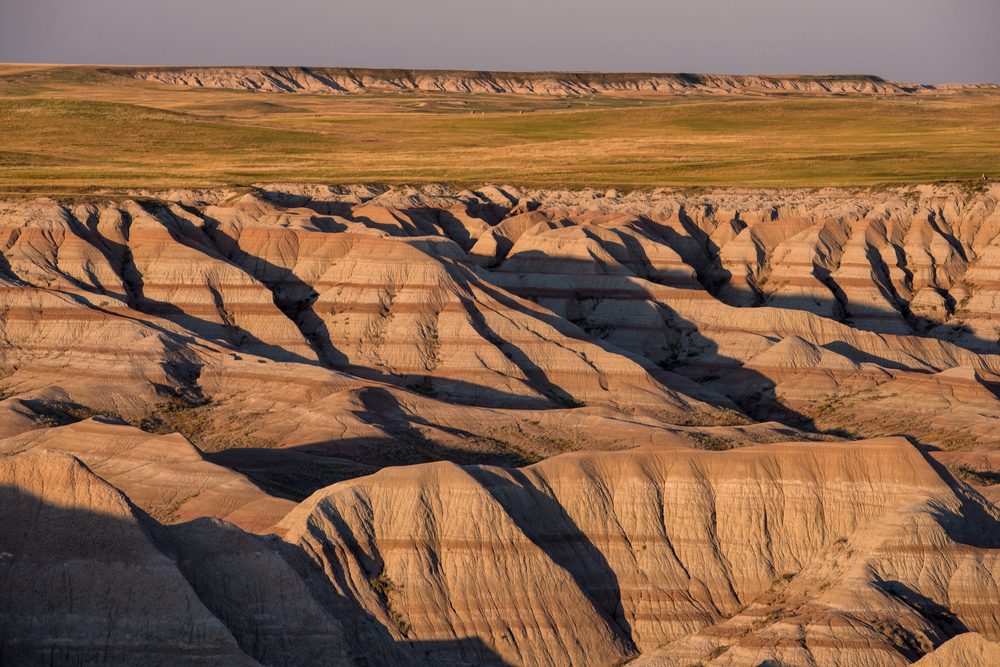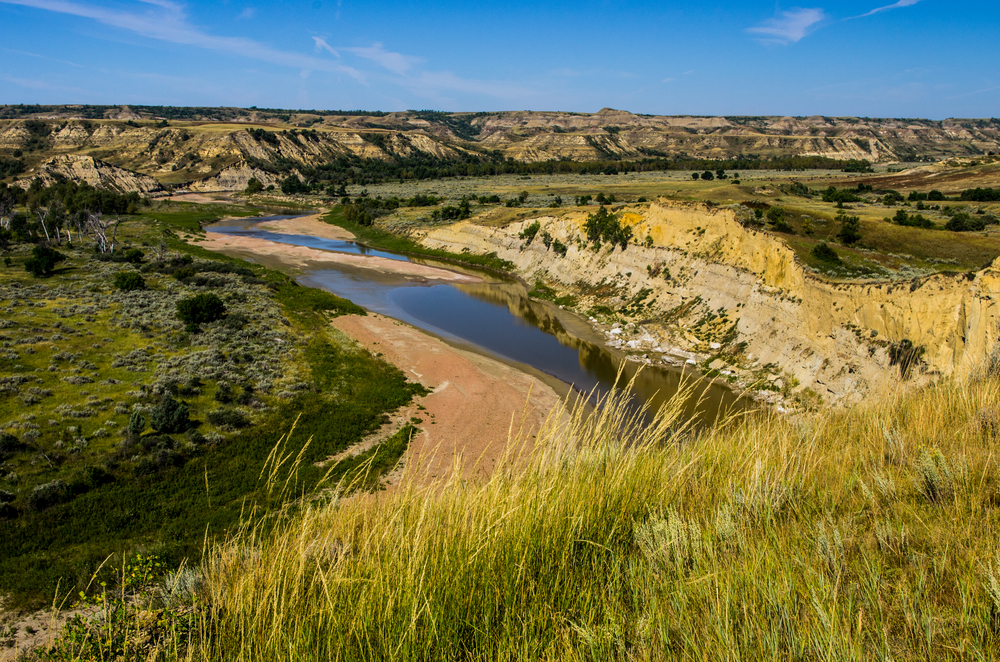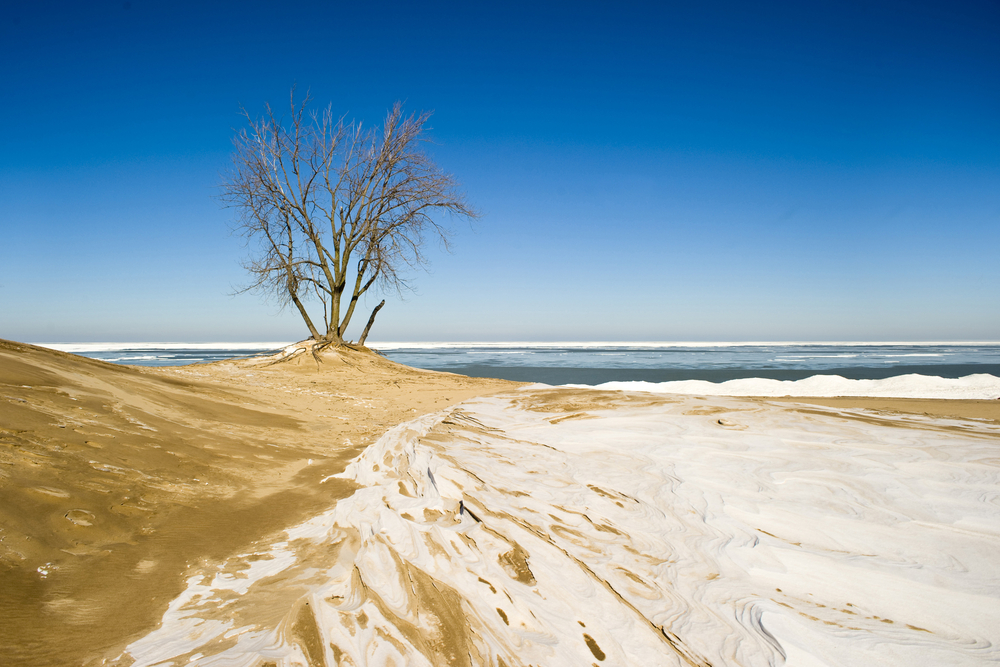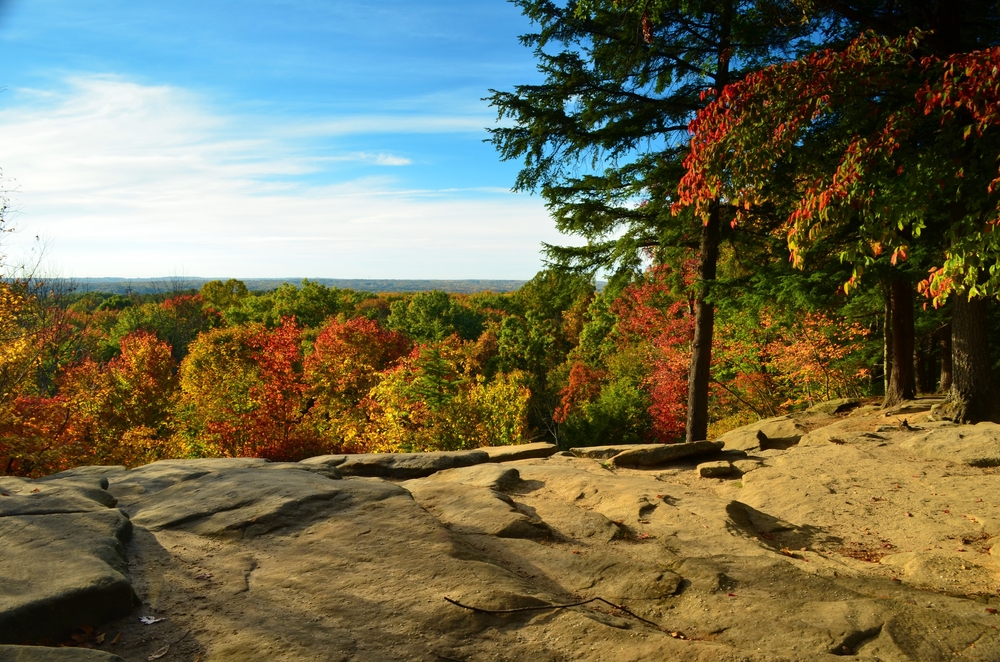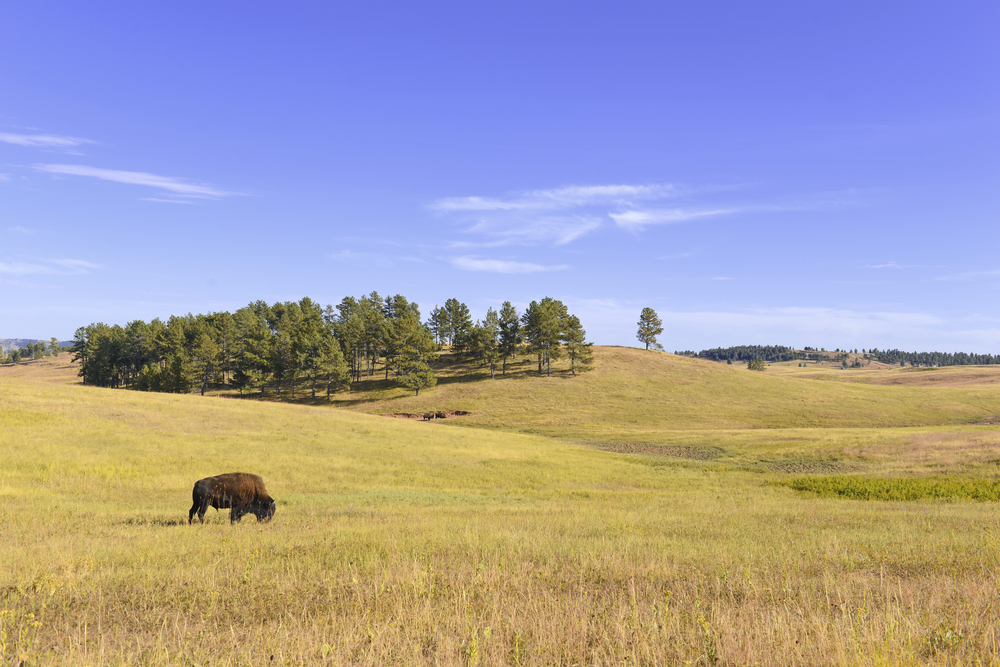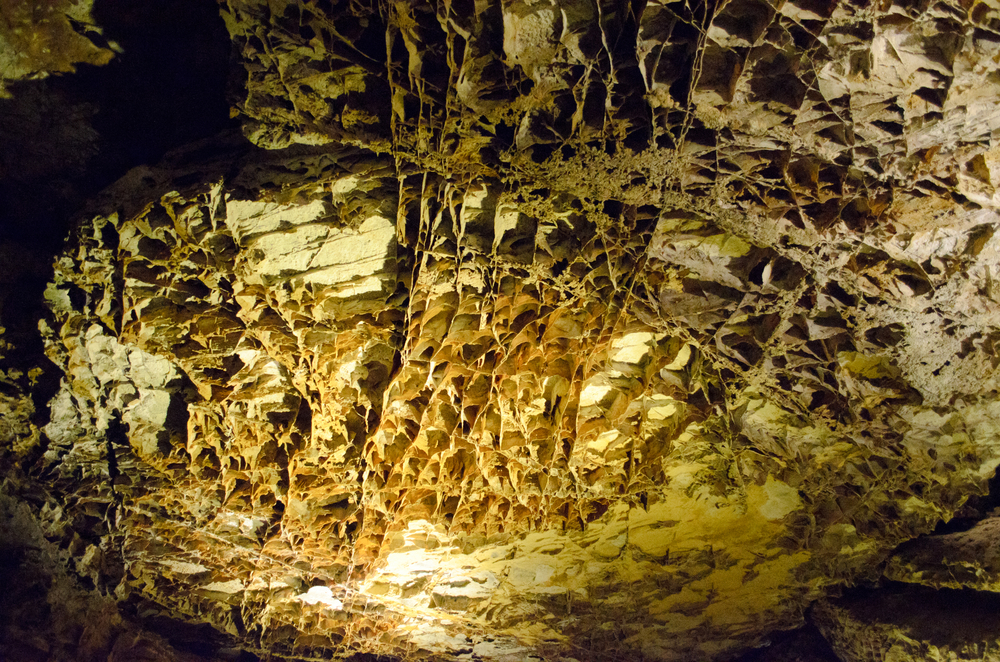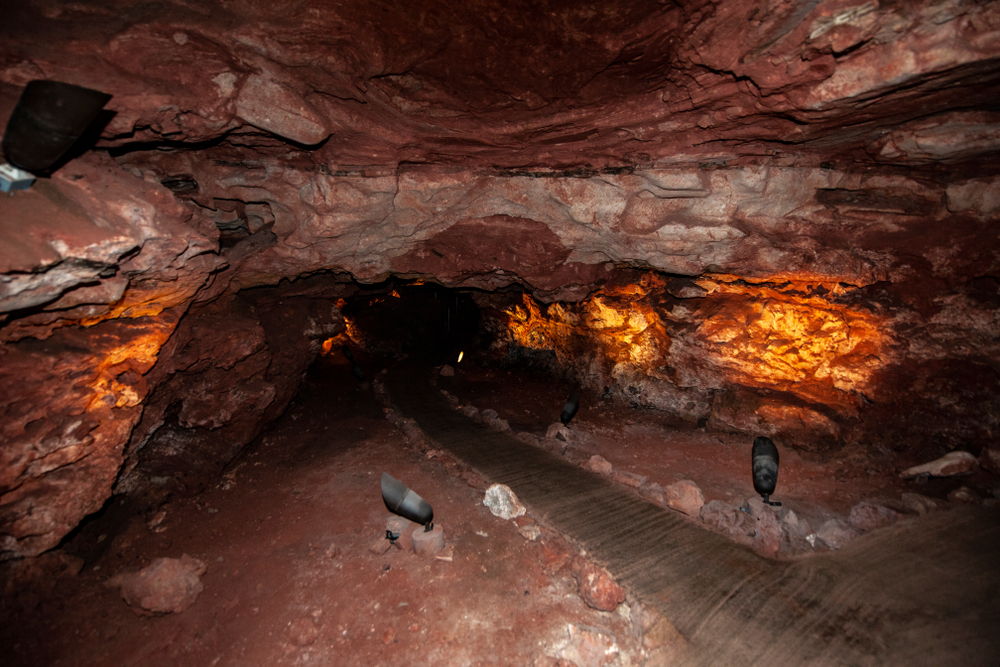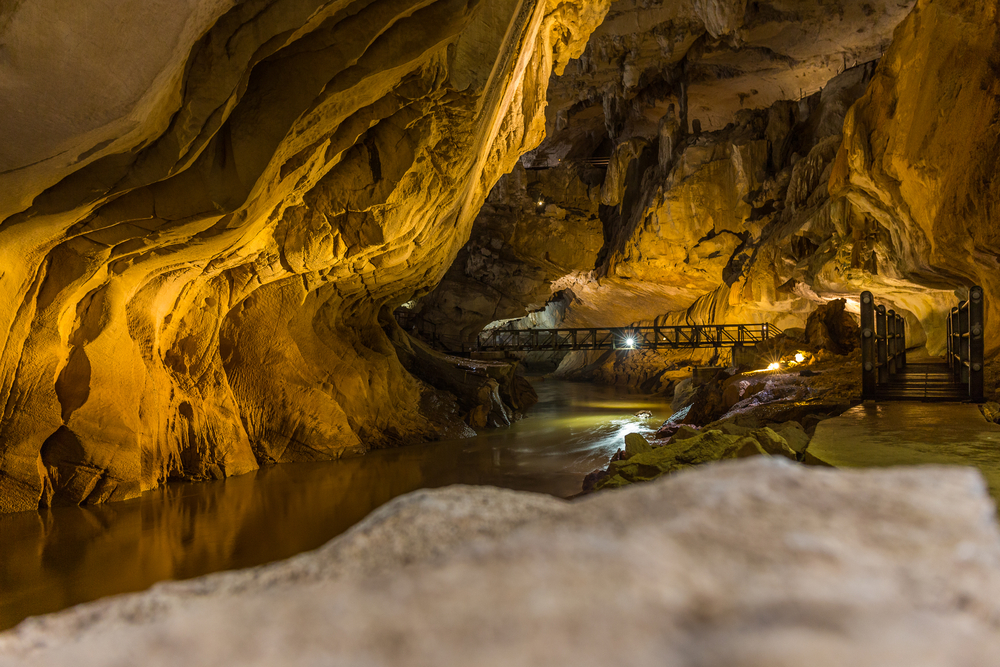Wind Cave National Park, located in the Black Hills of South Dakota, is renowned for its extensive and complex cave system, which is among the oldest and the third-longest in the world.
What sets Wind Cave apart is its remarkable display of boxwork formations—thin calcite fins that project from cave walls and ceilings, resembling honeycombs. This feature is extraordinarily rare, with Wind Cave having one of the most abundant displays of boxwork in the world.
The park is named for the natural phenomenon at its entrance, where air pressure differences cause the cave to “breathe,” creating winds that can either rush out or draw into the cave.
This unique feature was a signal to the Lakota people, the original inhabitants of the region, of the cave’s significance and spiritual importance.
Above ground, Wind Cave National Park offers a diverse ecosystem of mixed-grass prairie and Ponderosa pine forests, home to a variety of wildlife.
It is one of the few places where one can see bison, elk, pronghorns, and the endangered black-footed ferret in their natural habitat.
The park’s scenic landscapes, hiking trails, and wildlife watching opportunities complement the underground wonders, making Wind Cave National Park a place of both subterranean mystery and surface-level natural beauty.











































































